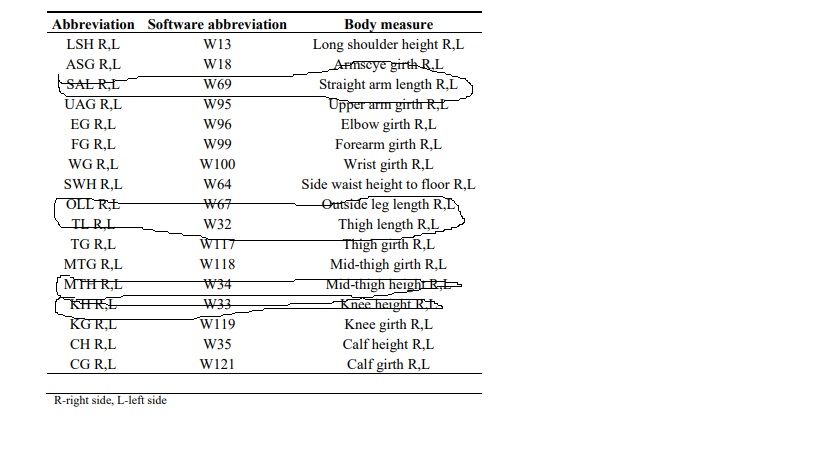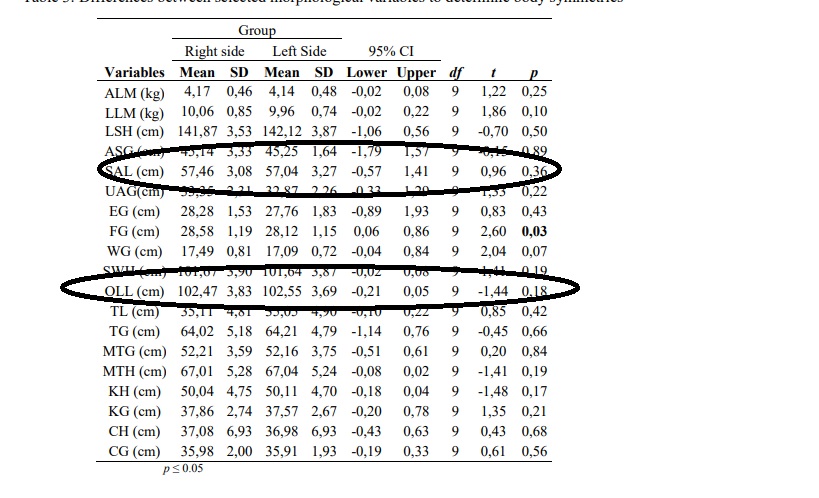{Huge: Got a response from the author:
“Not yet, another methodological and statistical approach is needed to confirm that. We will try to explore that in the next few years.
Thanks for your question”
Here was my question: FYI, “In your paper Evaluation of body symmetries in judo, you note a length asymmetry in arms and legs is there any evidence that this could be causal?”
So definitely watch Jožef Šimenko to say if he has any follow up papers.}
Judo joins the other athletic endeavors that suggest that torsional loading can increase bone length.
Evaluation of body symmetries in judo
“The participants were 21.5 ± 3.5 years old, their height 176 ± 3.8 cm, their weight 74.2 ± 6.9 kg and all of them were right hand dominant.”<-unfortunately, the young age does not allow for us to see if growth can continue with age. Sample size was 10 which is small.
“Large, frequently one-sided, training loads which influence the athletes and are very frequent in judo
when training their special technique (tokui waza), may also affect the body posture through different muscle proportions”


Judos do undergo a lot of torsional loading.
A judo throw involves torsional loading on one leg over the other and over one arm/shoulder. There are many judo throws.
According to Anatomic and functional leg-length inequality: A review and recommendation for clinical decision-making. Part I, anatomic leg-length inequality: prevalence, magnitude, effects and clinical significance, usually the left leg is the longer one so it is possible that the small leg length discrepancy here is due to natural growth.
According to Normal Ranges of Upper Extremity Length, Circumference, and Rate of Growth in the Pediatric Population, right arm length = 0.14 (height) + 0.28 (age) + 0.41 (sex), R2 = 0.90; left arm length = 0.14 (height) + 0.28 (age) + 0.41 (sex), R2 = 0.90. The equations for both the right and left arm are equivalent,. Since the equations are the same it is normal for the arm lengths to be equal thus we can see that the arm length difference in judo may be abnormal.
The evidence here is not great (more and better studies are needed) but it does add further support to the claim that torsional loading can increase bone length. The difference in bone length is relatively minor but judo has irregular loading therefore it is likely that the loading is not sufficient to induce large changes.
